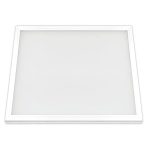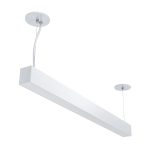When Did LED Light Bulbs First Hit the Market: A Brief History
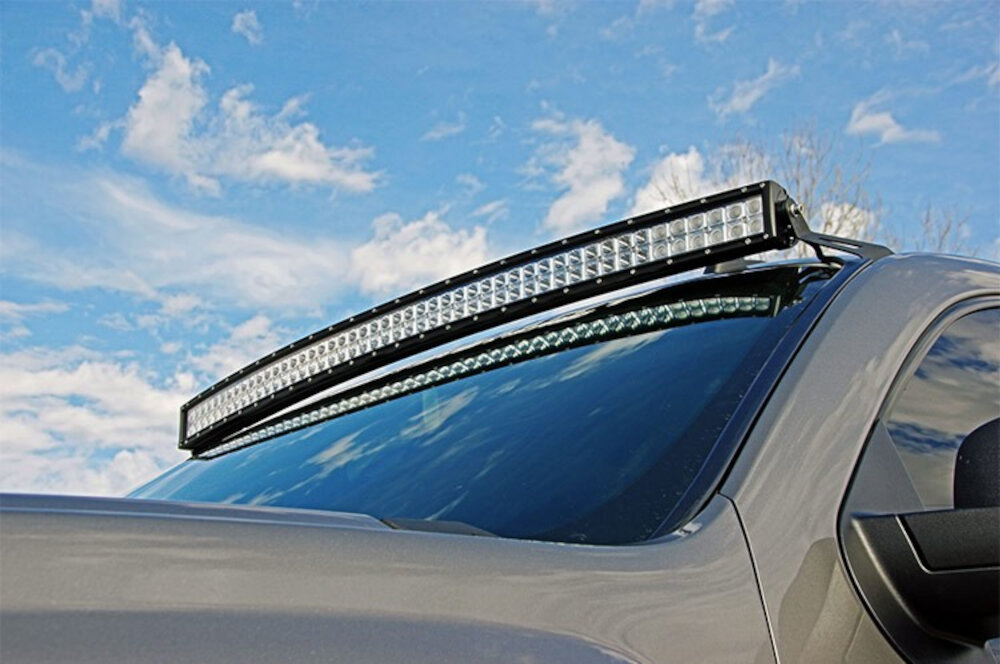
The invention of the light bulb is one of the most significant events in human history, and it has changed the way we live our lives. Over the years, we have witnessed the evolution of the traditional incandescent bulb that was invented by Thomas Edison in the late 19th century. However, with the advancement of technology, new lighting options have emerged, including LED light bulbs. LEDs have gained massive popularity in recent years due to their energy efficiency, long lifespan, and versatility. But when did LED light bulbs first hit the market, and how did they emerge as a viable option for lighting?LEDs have been around for over a century, but it wasn’t until the early 1960s that they were developed to be used as a source of light. The first LED was developed by Nick Holonyak Jr. in 1962, while he was working at General Electric. However, it wasn’t until the 1990s that LEDs began to gain popularity as a viable alternative to traditional incandescent bulbs. In the beginning, LEDs were mainly used in electronic displays, traffic lights, and other small applications. Still, with their many advantages, including low power consumption, high durability, and low heat emission, they quickly became the preferred option for lighting in various settings. In this article, we will explore the history of LED light bulbs and how they evolved into the energy-efficient and versatile lighting options that we know today.
The Early Development of LED Technology
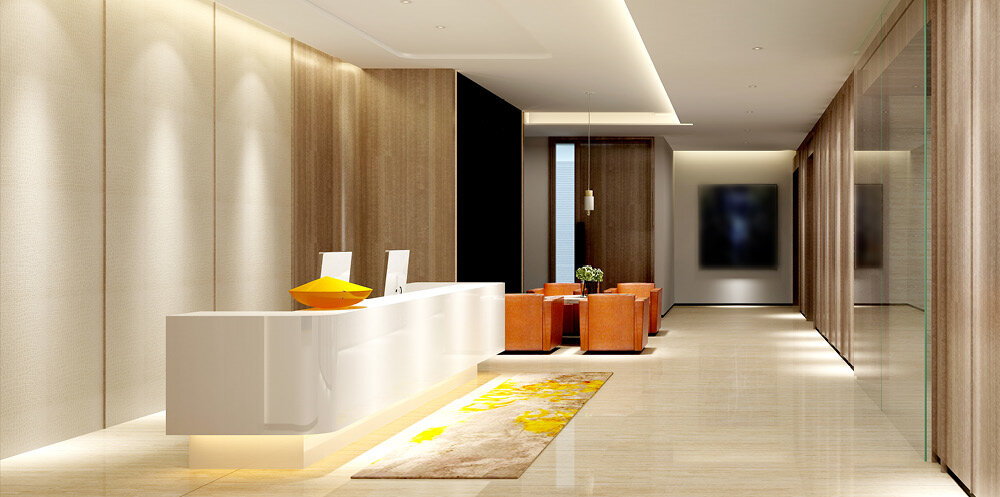
The early development of LED technology dates back to the 1960s when the first LED, or light-emitting diode, was invented by Nick Holonyak Jr. at General Electric. However, the first LED was only capable of producing a low-intensity red light, making it unsuitable for widespread use in lighting applications. As a result, LED technology remained largely experimental for several decades. It wasn’t until the 1990s that LED technology began to advance rapidly, with researchers discovering new ways to increase the intensity and range of colors produced by LEDs. By the early 2000s, LED technology had advanced to the point where it was capable of producing light of comparable brightness to traditional incandescent bulbs, while consuming a fraction of the energy. This breakthrough paved the way for the widespread adoption of LED lighting in homes, businesses, and public spaces, ultimately leading to the development of the highly efficient and versatile LED light bulbs that are in use today.
The First LED Light Bulbs
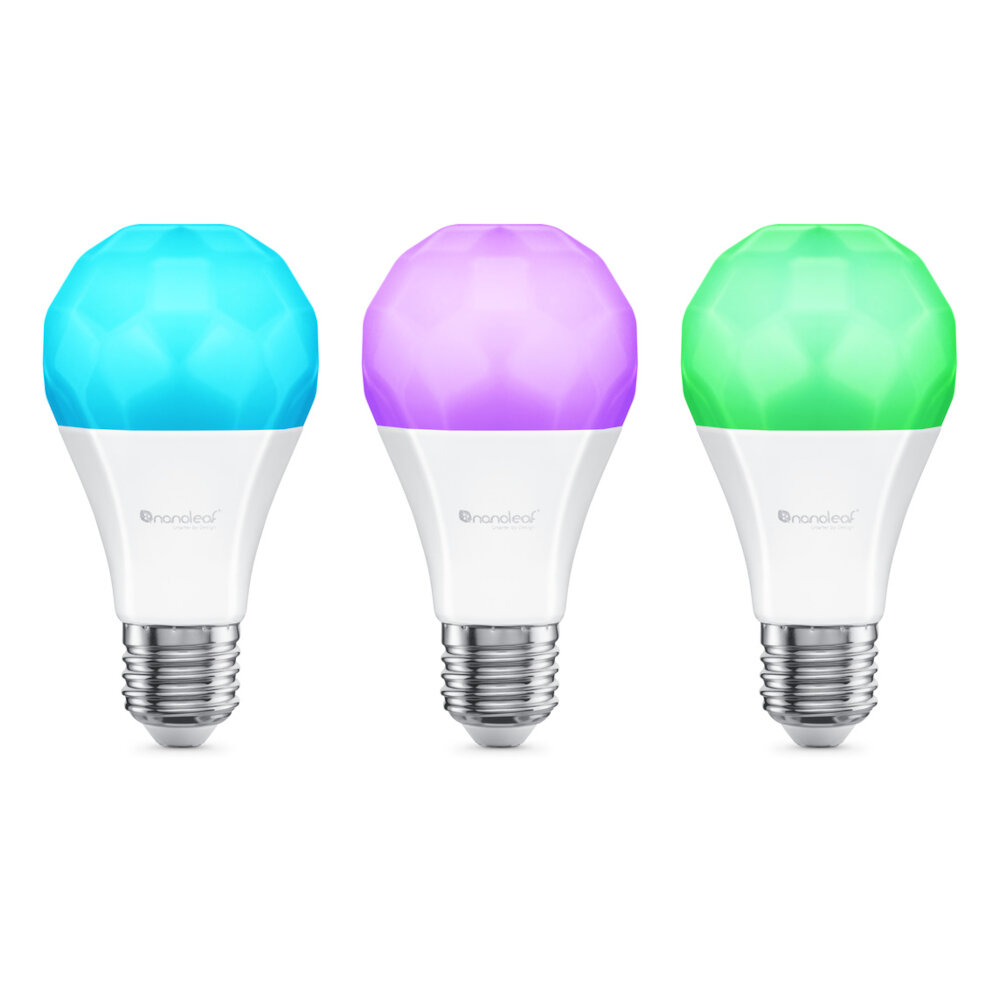
LED light bulbs have become ubiquitous in modern times, but they weren’t always so common. In fact, the first LED light bulbs hit the market in the early 1960s, but they were only used in very specific applications such as electronic devices and indicators. The first LED light bulb that could be used for general lighting was not introduced until the early 2000s, and it was a game-changer. This LED light bulb was able to produce as much light as a traditional incandescent bulb while using only a fraction of the energy. It was also incredibly durable and long-lasting, which made it an attractive option for consumers looking to save money on their energy bills. The first LED light bulbs were not without their challenges, however. They were initially quite expensive to produce, which made them difficult to sell to consumers. Additionally, the quality of the light they produced was not always ideal, and they were not as bright as traditional incandescent bulbs. Over time, however, LED technology improved, and the cost of production decreased, making LED light bulbs more accessible and affordable for consumers. Today, LED light bulbs are the preferred choice for many people, and they are widely used in homes, businesses, and public spaces. They offer a range of benefits, including energy efficiency, durability, and long-lasting performance, making them an excellent investment for anyone looking to save money and reduce their environmental impact.
The Evolution of LED Light Bulbs
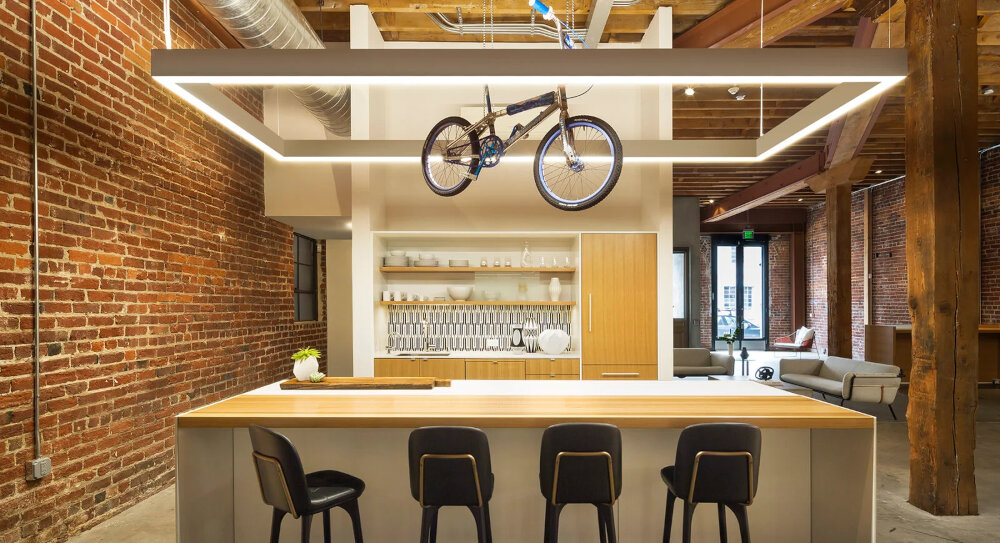
The evolution of LED light bulbs has been a fascinating journey that has revolutionized the lighting industry. These bulbs have come a long way since their inception in the early 1960s, when they were first developed by Nick Holonyak Jr. at General Electric. However, it was not until the 1990s that LED technology became commercially viable, and they began to be used in a wide range of applications, including traffic signals, automotive lighting, and electronic displays. Today, LED light bulbs have become the preferred lighting choice for many homeowners and businesses due to their energy efficiency, long lifespan, and low maintenance requirements. Over the years, LED technology has continued to evolve, and today’s LED light bulbs are brighter, more efficient, and more versatile than ever before. Modern LED bulbs are capable of producing a wide range of colors and color temperatures, making them ideal for use in a variety of settings, from homes and offices to stadiums and concert venues. They are also highly customizable, with features such as dimming and color-changing capabilities becoming increasingly common. With ongoing advancements in LED technology, it is clear that these bulbs will continue to play a significant role in the future of lighting, offering unparalleled efficiency, versatility, and flexibility to meet the ever-changing needs of consumers and businesses alike.
The Benefits of LED Light Bulbs
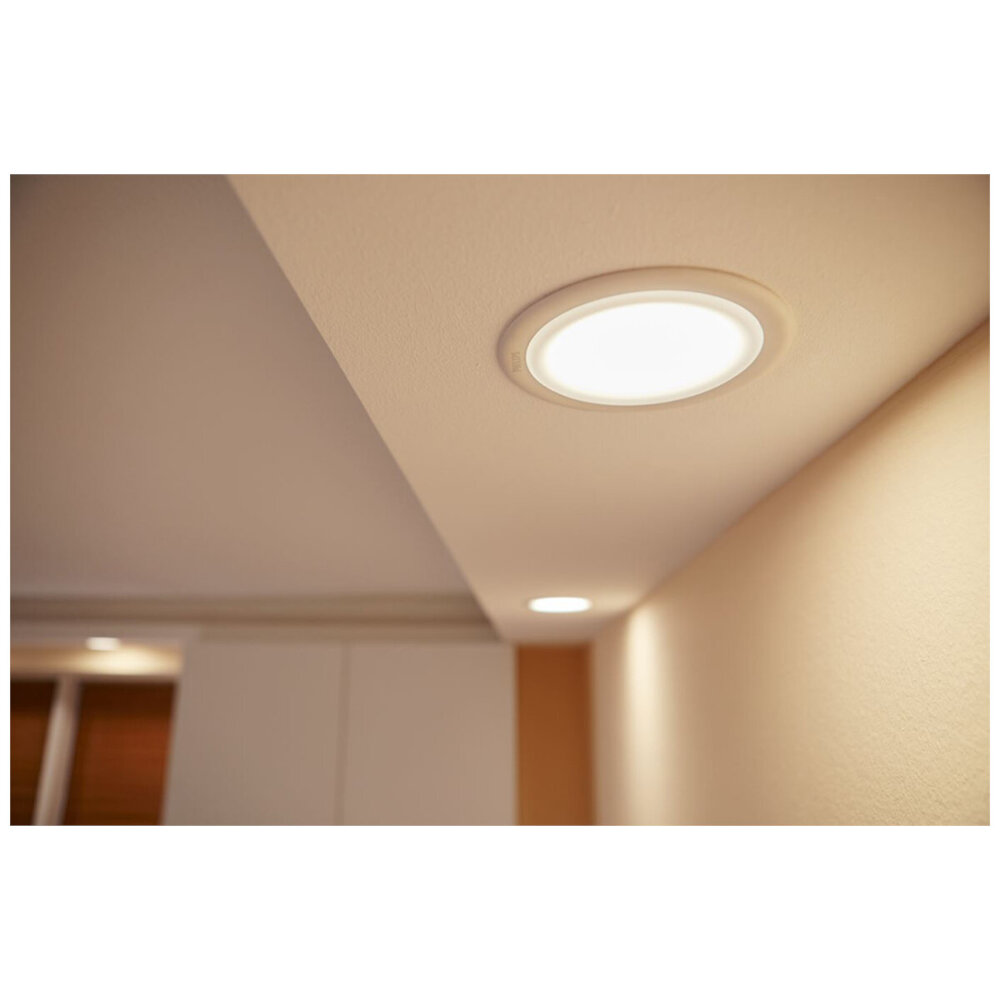
LED light bulbs have revolutionized the lighting industry since they first hit the market in the early 2000s. The benefits of LED light bulbs are numerous and have made them the go-to lighting option for both residential and commercial use. LED light bulbs are known for their energy efficiency, as they use significantly less energy than traditional incandescent bulbs. This means that not only do LED bulbs save money on energy bills, but they also have a much lower impact on the environment. LED bulbs also last much longer than traditional bulbs, with an average lifespan of 25,000 hours, compared to just 1,000 hours for incandescent bulbs. Another benefit of LED light bulbs is their versatility in terms of design and functionality. LED bulbs come in a variety of colors, making them ideal for creating different atmospheres in homes, restaurants, and other spaces. They are also compatible with dimmer switches, giving users greater control over their lighting. Additionally, LED bulbs emit very little heat, making them a safer option for use in areas where heat is a concern. Overall, the benefits of LED light bulbs make them a cost-effective, environmentally-friendly, and versatile choice for anyone looking to upgrade their lighting.
Conclusion
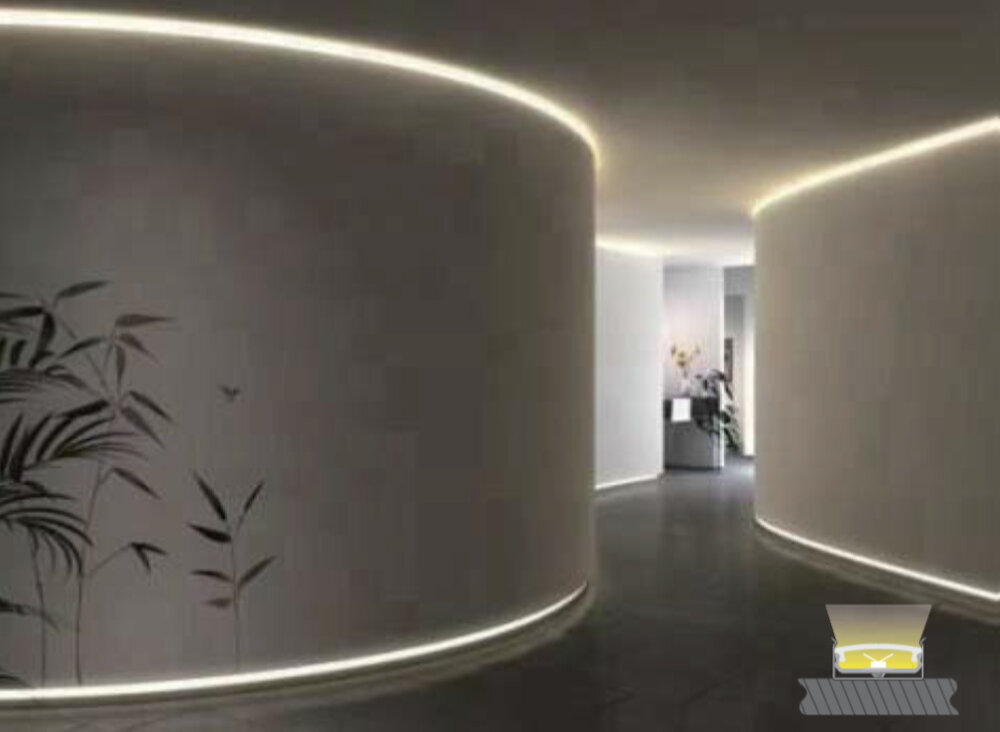
In conclusion, the advent of LED light bulbs revolutionized the lighting industry and brought about a new era of energy-efficient and eco-friendly lighting. The early development of LED technology dates back to the 1960s, but it wasn’t until the 1990s that LED light bulbs began to be marketed on a large scale. Since then, LED lighting has rapidly gained popularity and is now the preferred lighting choice for many households and businesses worldwide. With their long lifespan, energy efficiency, and versatility, LED light bulbs have truly changed the way we light our homes and offices. As technology continues to advance, we can expect even more innovations in LED lighting in the years to come.


